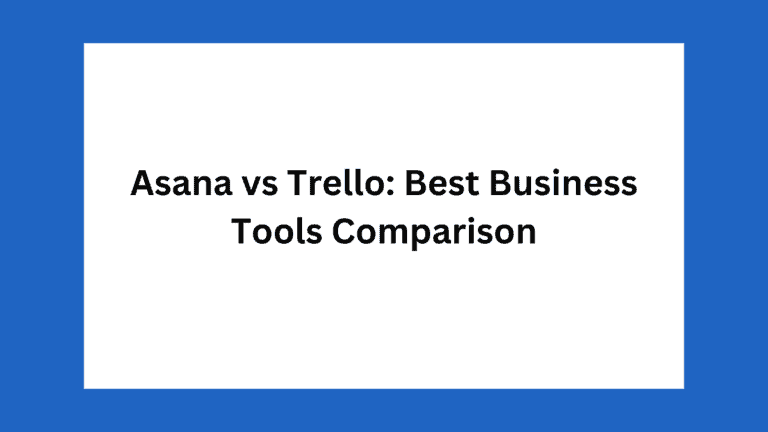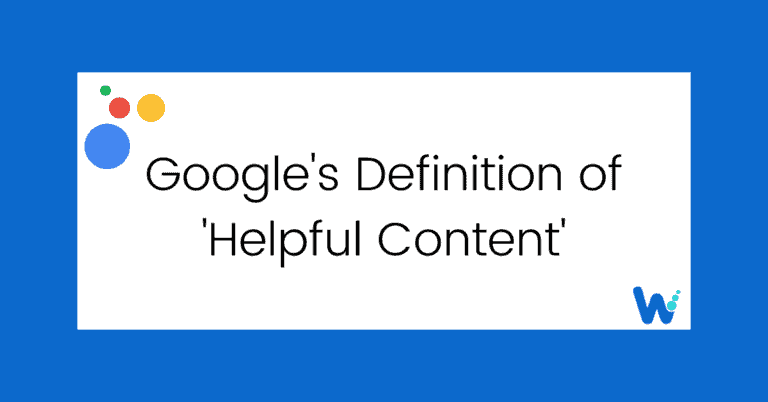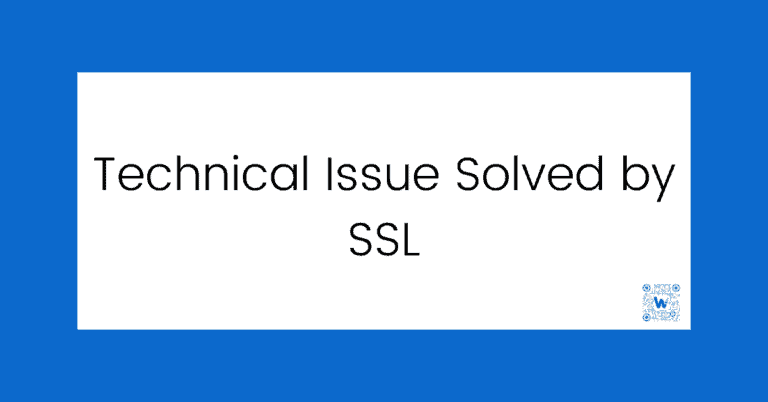It is no secret that readability is key to user engagement with content.
Your content must be easy to read and understand to keep people engaged. If not, people will quickly lose interest and move on to something else. This article will discuss the impact of content readability on user engagement and provide tips for improving readability.
We will also look at factors affecting readability, such as font choice, paragraph length, and sentence structure. By following these tips, you can create content that is not only more engaging but also easier to read.
What Is Content Readability?
When writing content, readability is one of the most critical factors. Readability refers to the ease with which a text can be read and understood if the text is easy to read. In that case, the reader will likely be encouraged to continual factors that contribute to Content readability, including the length of the sentences and the use of common words. The goal is to write in a way that is easy for the reader to understand.
When it comes to user engagement, Content readability is essential. Suppose the reader must understand the content to be engaged with it. As a result, readability should be a top priority for content writers.
Strategies For Improving Readability
There are a few key strategies that you can use to improve the content readability of your content.
One of the most important things to consider is the length of your sentences. Keep them short and easy to understand. You should also use simple words and avoid complex jargon.
Another critical factor is the layout of your content. Make sure it is easy to read, with plenty of white space and headings to break up the text.
And finally, always proofread your work before publishing it. Typos and errors can make your content difficult to read and understand. Here are some strategies for improving content readability in content writing.
Benefits Of Highly Readable Content
People will likely stick around long enough to absorb your message if your content is easily read. Conversely, if your content is difficult to read, people are likely to give up before they’ve had a chance to understand what you’re trying to say.
Highly readable content is also more likely to be shared online, as people will be more inclined to recommend something easy to understand. This can help you reach a wider audience and boost your online presence.
Challenges With Poorly Written Content
With poorly written content, you can expect two things: visitors will leave your page quickly, and those who remain will not be engaged. Poorly written content is difficult to digest, hard to understand, and often includes confusing jargon the reader will only have after research after they move on.
Read : Increase readability score
This can be a huge turn-off for visitors and make them less likely to return. Additionally, needs to be betterment needs to be better written; it might contain typos or grammar mistakes which can lead to a wrong impression of your website and product.
Tools for measuring content readability
The most popular tool is the Flesch Reading Ease score, which measures the complexity of a text. Other tools, such as the Gunning Fog Index and the SMOG Index, measure the number of words in a sentence and syllables in a word. All these tools are designed to help writers create content that is easy to read and understand. Click here
You can also use online tools such as the Readability Test Tool and Hemingway Editor, which allow you to check Content readability quickly and effectively. These tools make it easier to measure your readability score and see where you’re at with user engagement in your content writing.
Tips For Writing Highly Engaging Content
One of the best ways to ensure user engagement with your content is to keep it readable. This is especially important for longer content, such as blog posts or white papers. Here are some tips for keeping your content readability upto the mark:
Break up large chunks of text into smaller, more digestible paragraphs. Use subheadings to help the reader quickly scan and get an overview of the content. Use a conversational tone rather than an overly formal one.
Avoid technical jargon, complex words, and long sentences that confuse the reader. Finally, proofread your work several times before publishing to catch any typos or grammatical errors that may detract from the reader’s experience.
Quick links: Make a list of keywords
Conclusion
In conclusion, Content readability is key in determining user engagement in content writing. There are many ways to improve the readability of your content, including using shorter sentences and paragraphs, simpler words, and avoiding jargon.
However, it is essential to remember that there is no one “correct” way to make content readable — each audience will be different, and you may need to experiment to find the best approach. In order to ensure that your content is easy to read and engaging, you need to take into account the content readability of your writing.
You can also read: Editorial Strategy For Writers
FAQs
- What is Content readability, and how does it affect user engagement?
Content readability refers to how easy a piece of text is to understand. It is decided by factors such as sentence length, vocabulary, structure, and formatting. The easier a piece of content is to read and comprehend, the more engaging it will be for the reader. Additionally, adding visuals such as images or videos makes your content even more engaging for the reader.
- How important is readability in content writing?
Readability is essential when it comes to content writing. Content that is too difficult to read or understand can quickly turn away potential readers or viewers, while readable content helps them to engage with the material and keep coming back for more. It is recommended to use readability tools to ensure that your content meets the expectations of your audience.
- What is the average length of a sentence in English?
The average sentence length in English can depend on the context and topic, but it’s typically between 15-20 words. Keeping your sentences at this length can make your content more readable and engaging for readers, leading to increased user engagement.
- How can you make your content more readable?
Understanding user engagement and what makes it tick is key to making your content more readable.
You can use a few simple tricks to make your content more effective.
- Break up long paragraphs into chunks of two to three sentences, each containing one central point.
- Use headline tags such as H1, H2, and H3 to structure your content and capitalize words for emphasis.
- Use keywords strategically throughout your writing to ensure that users can quickly identify the article’s main topic.









